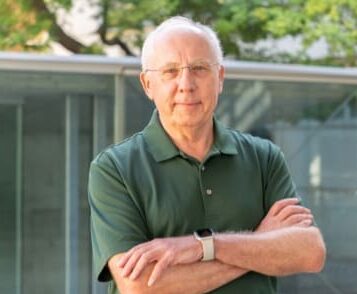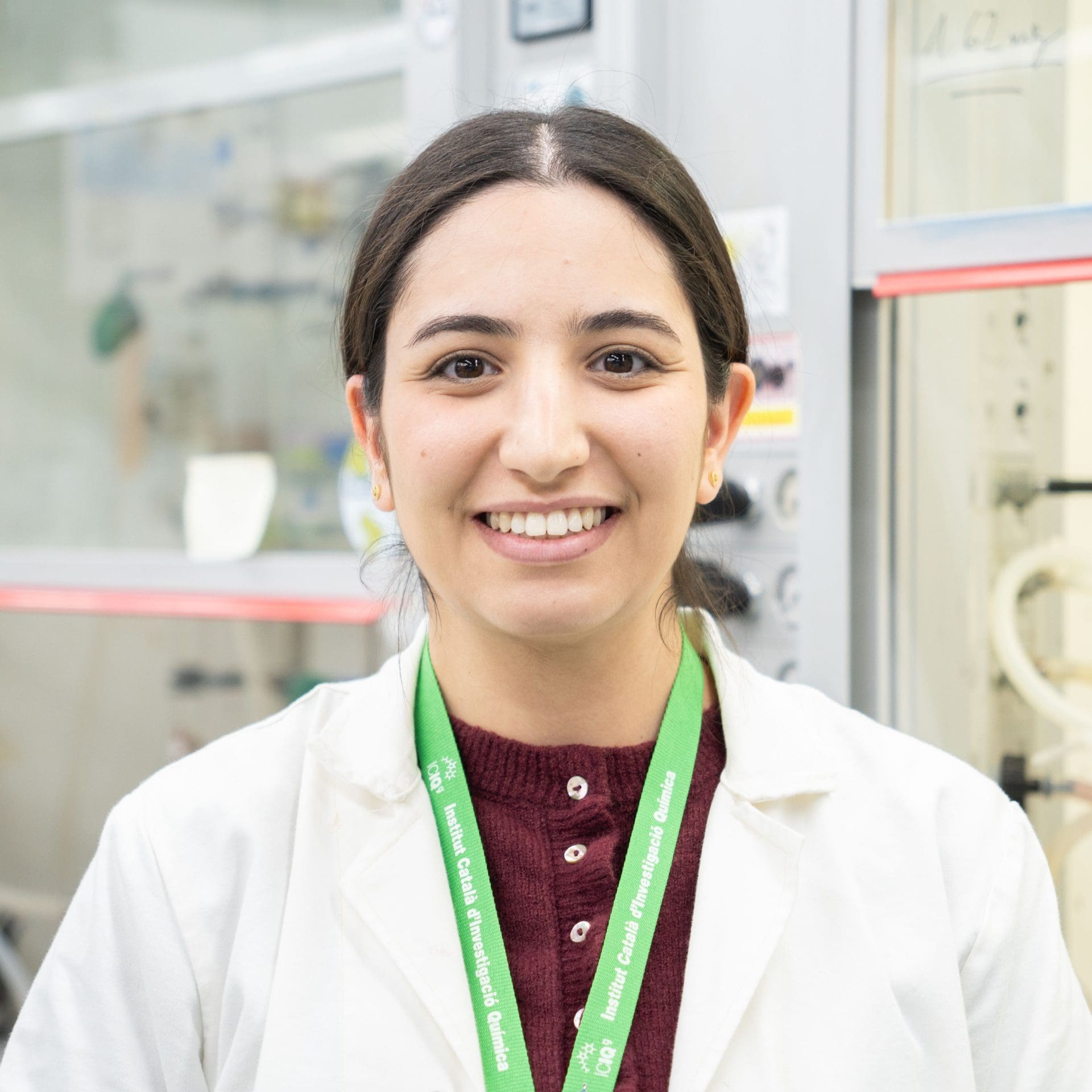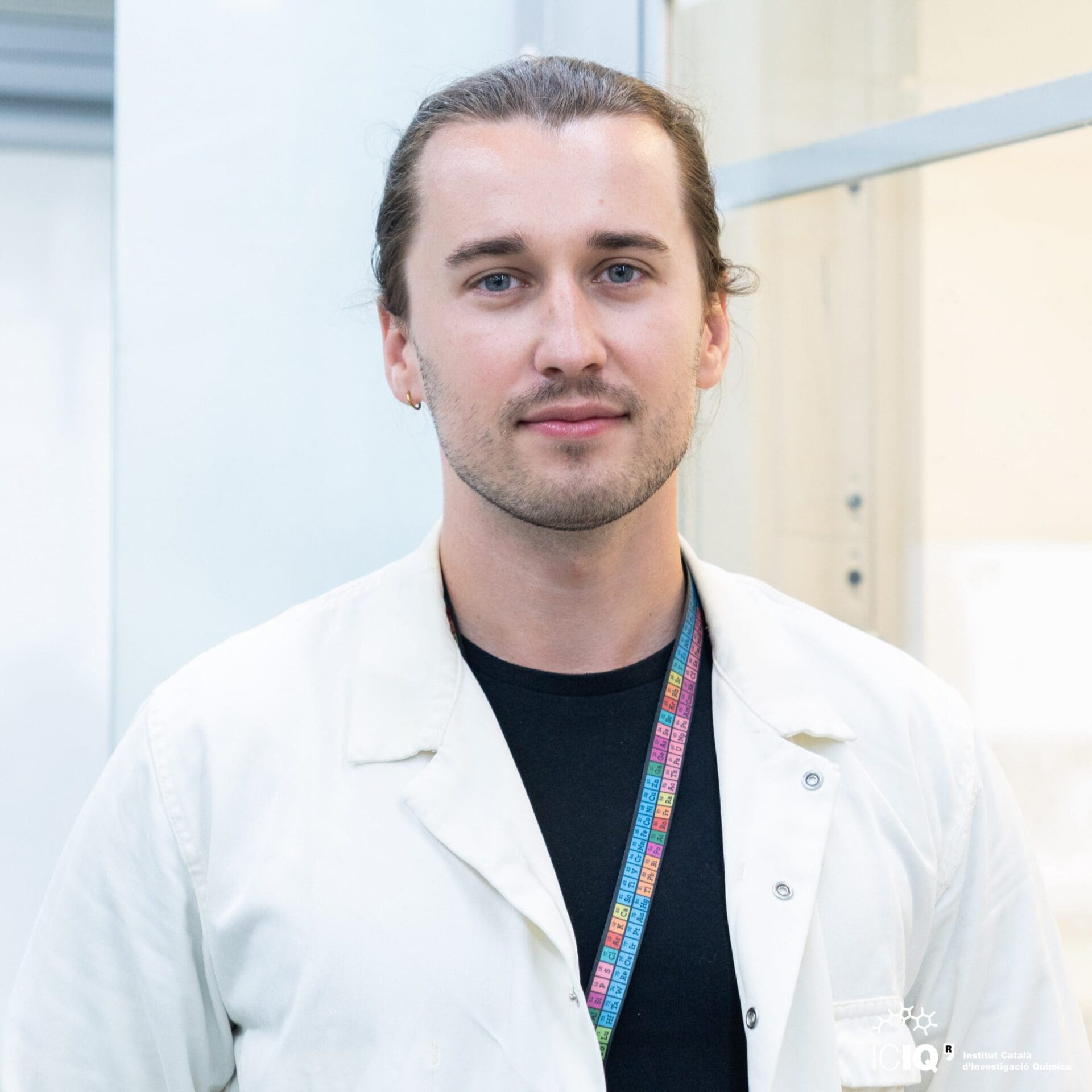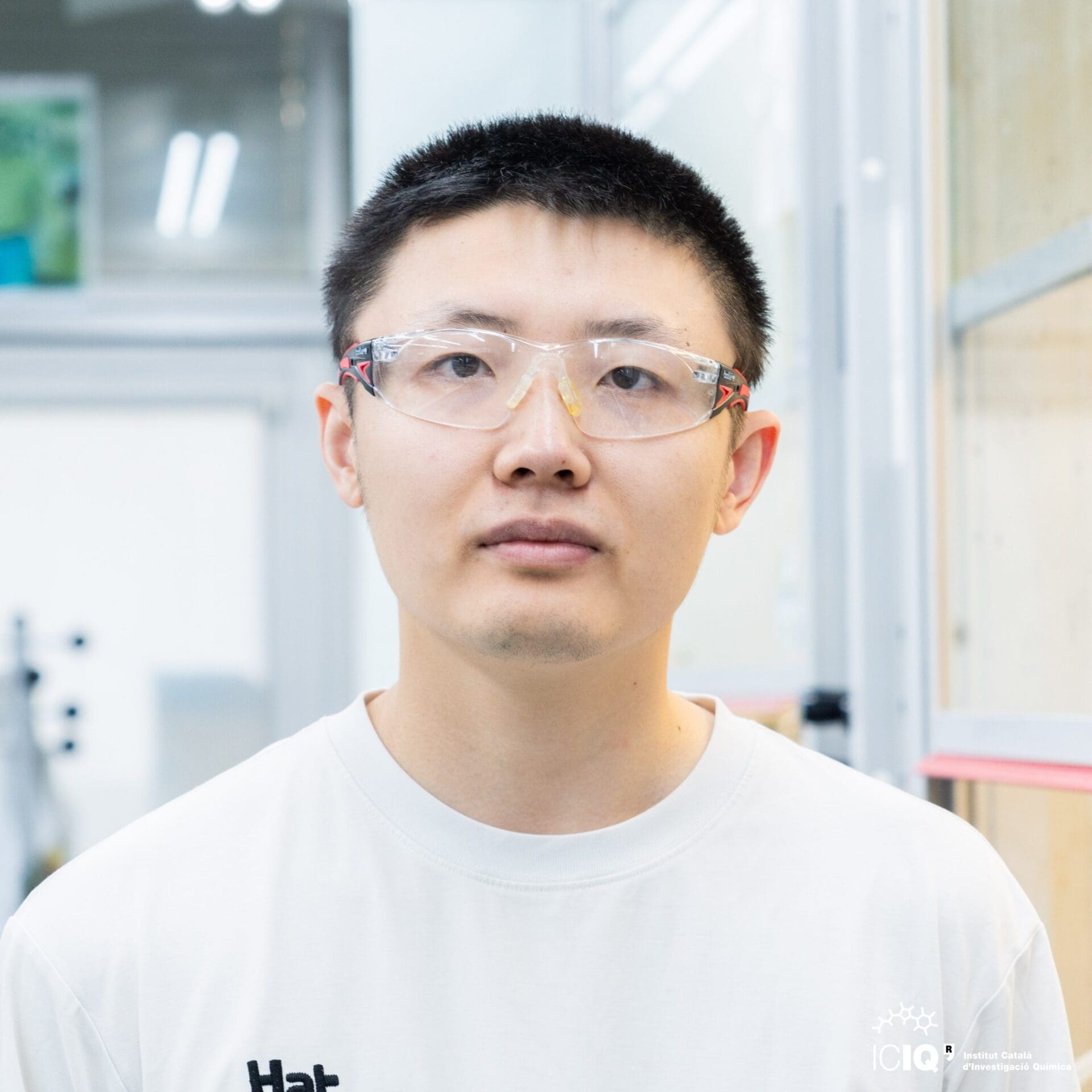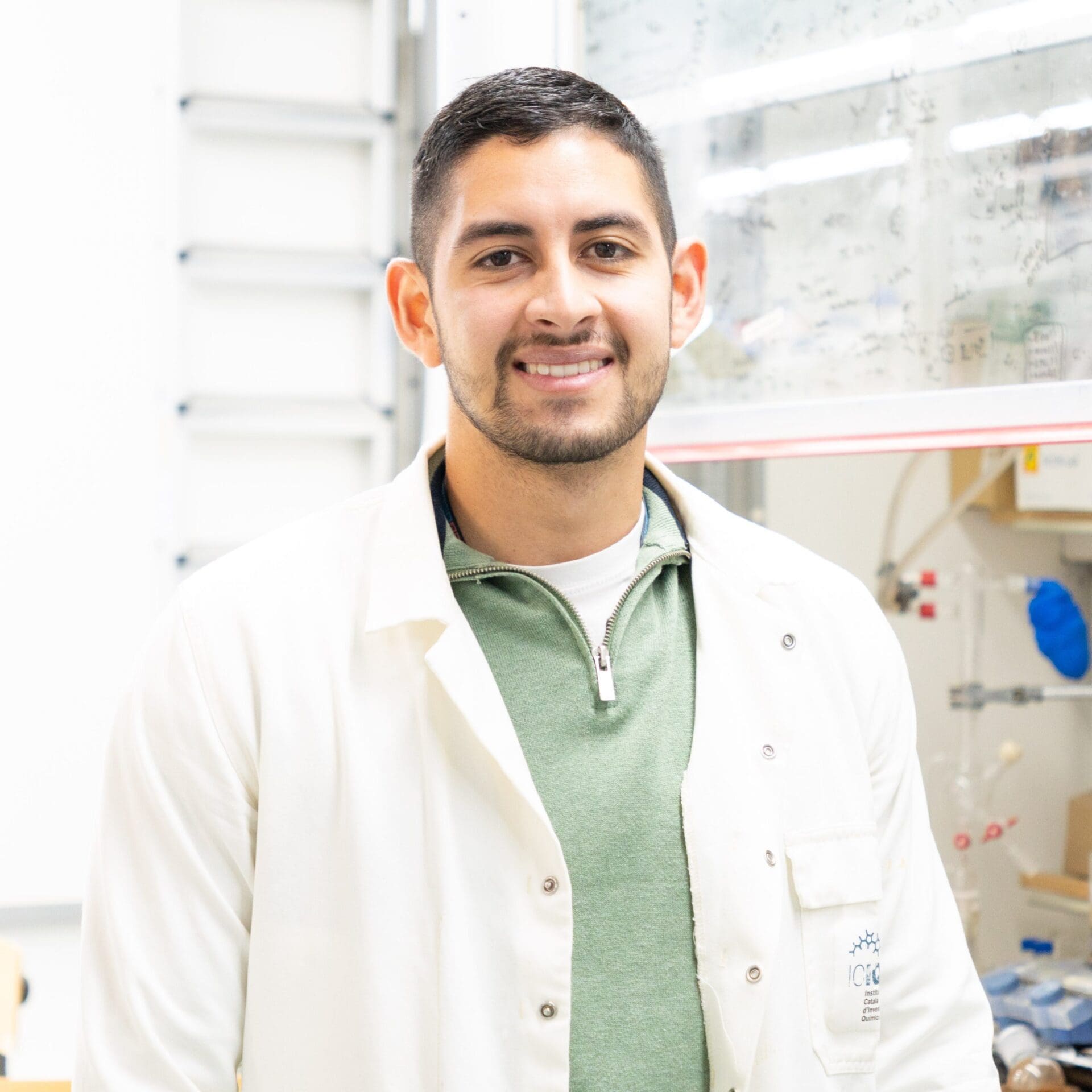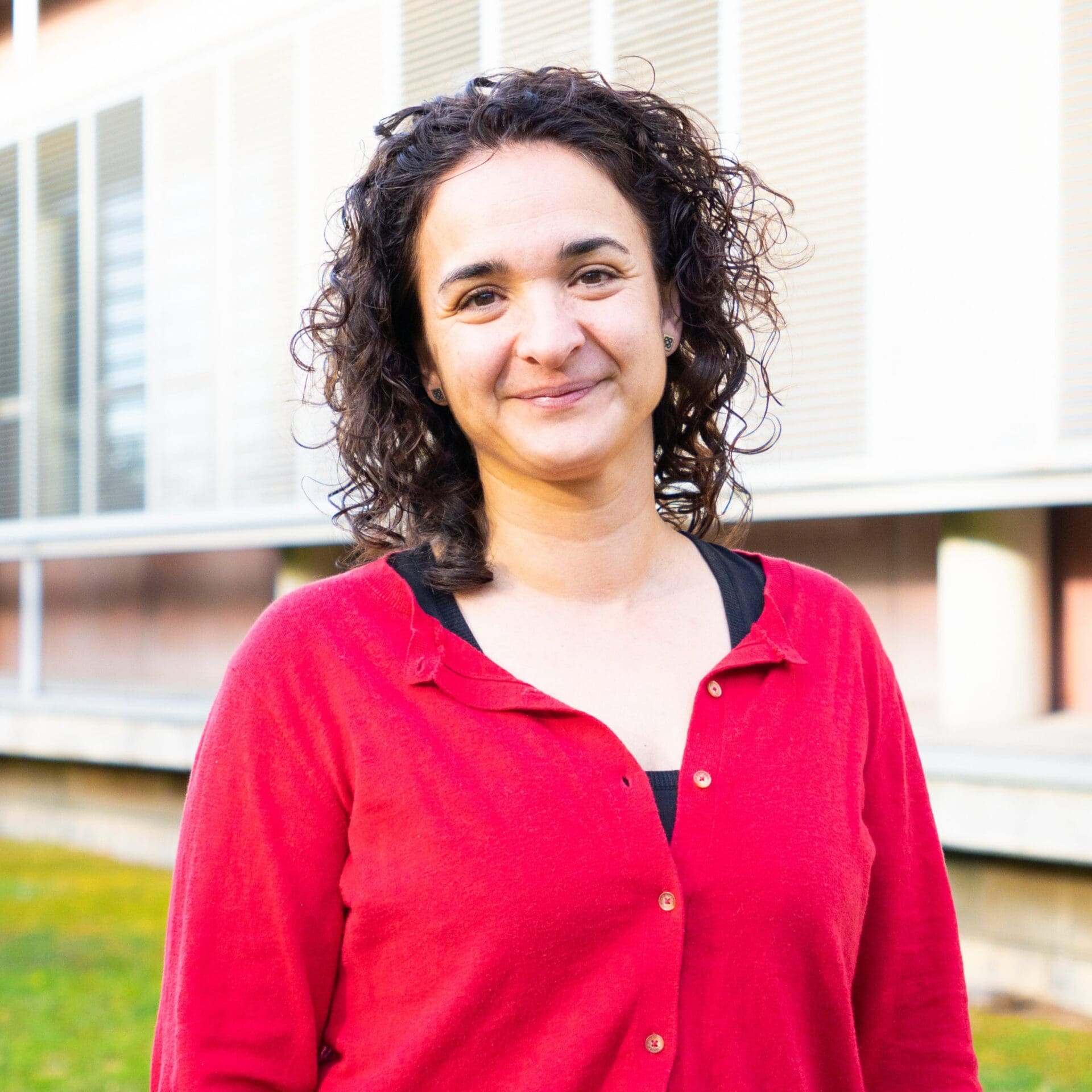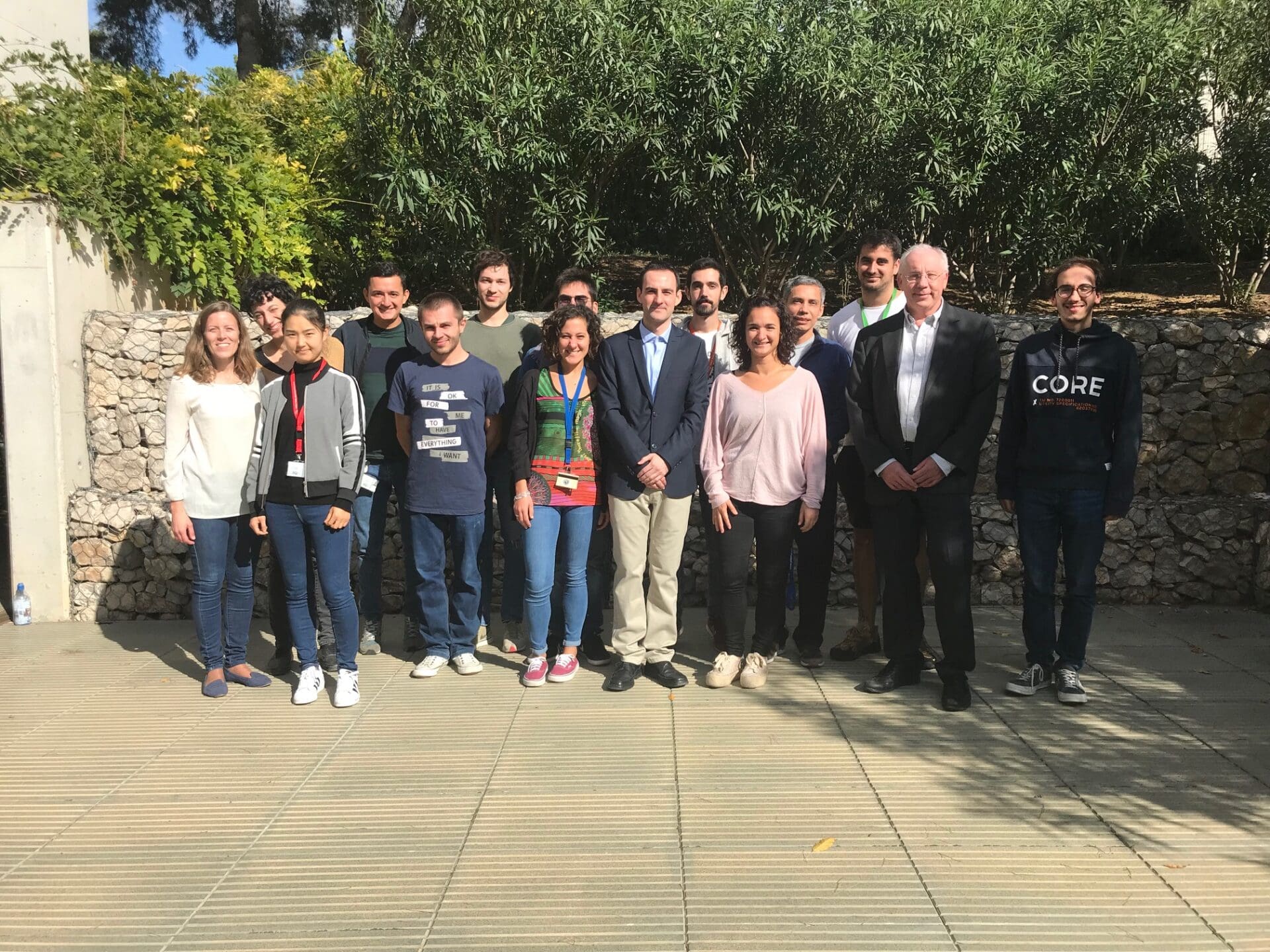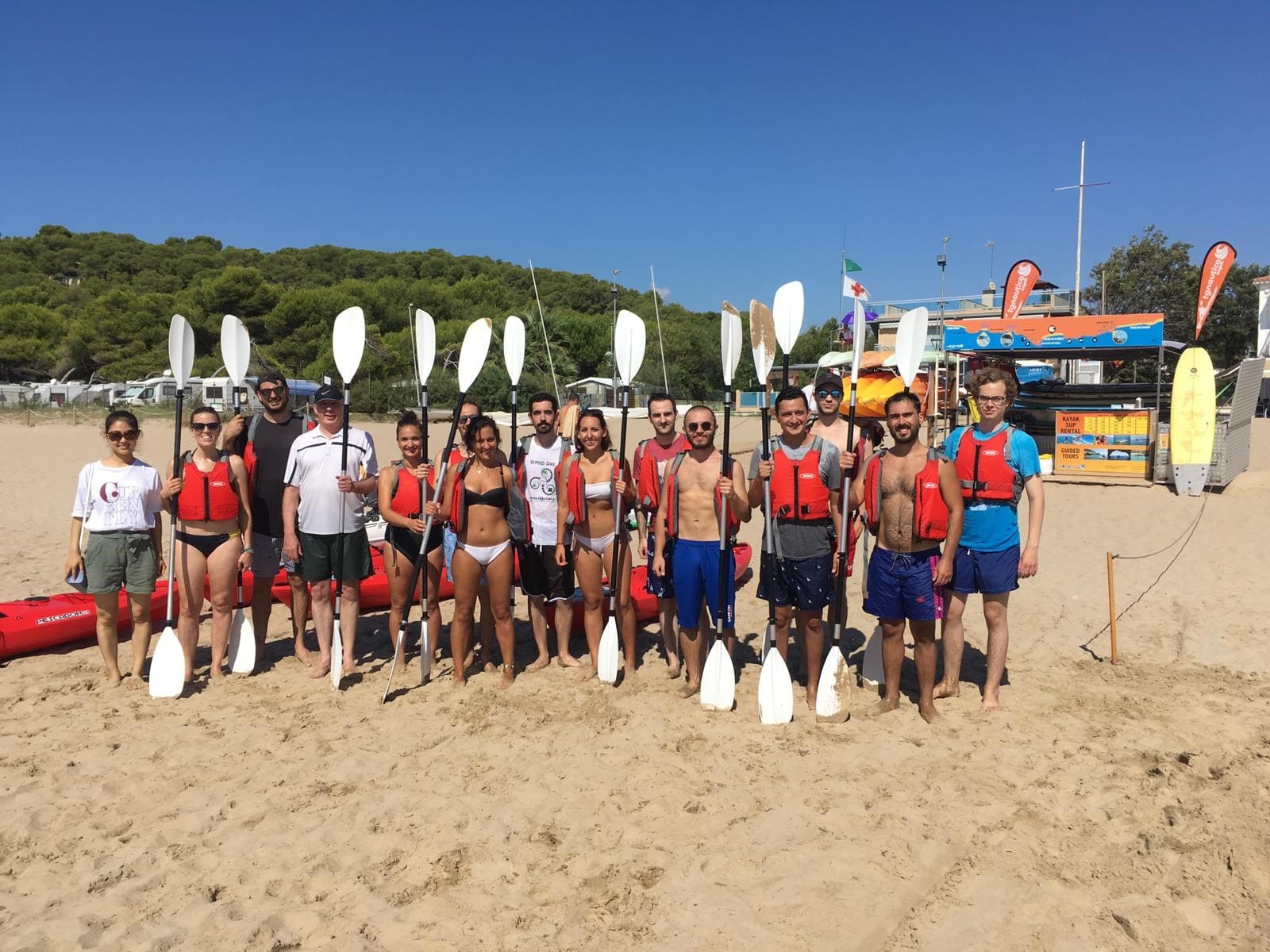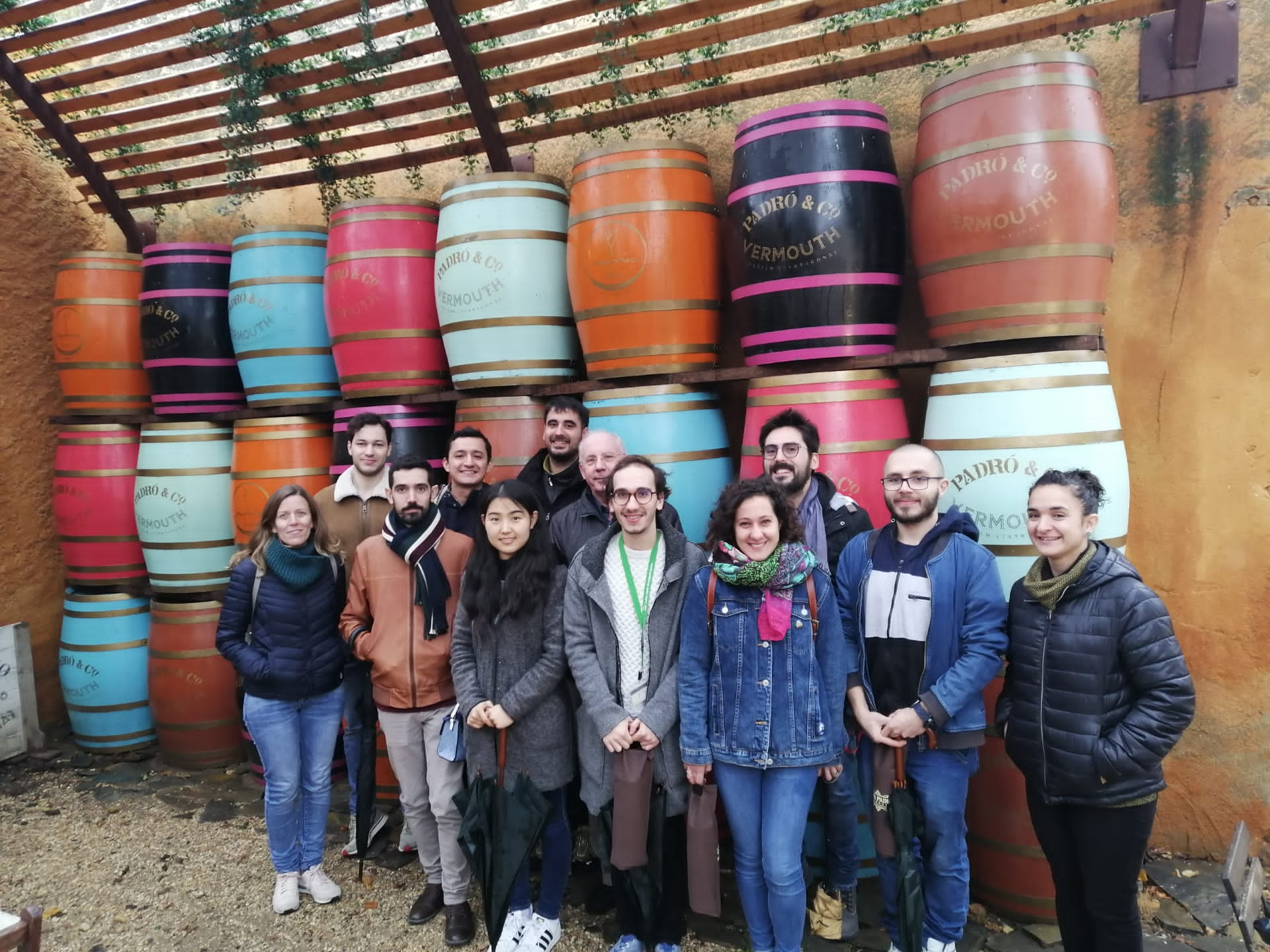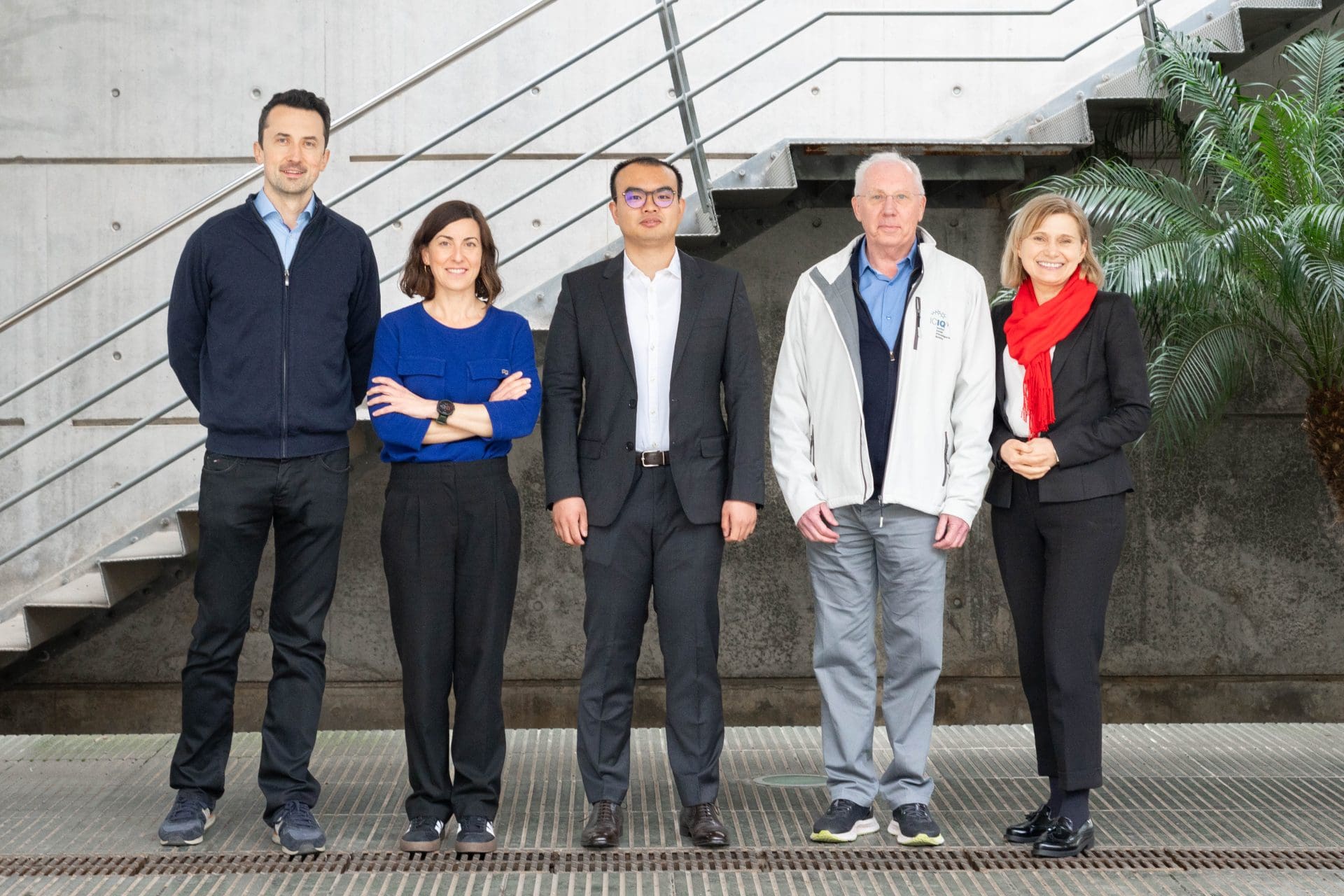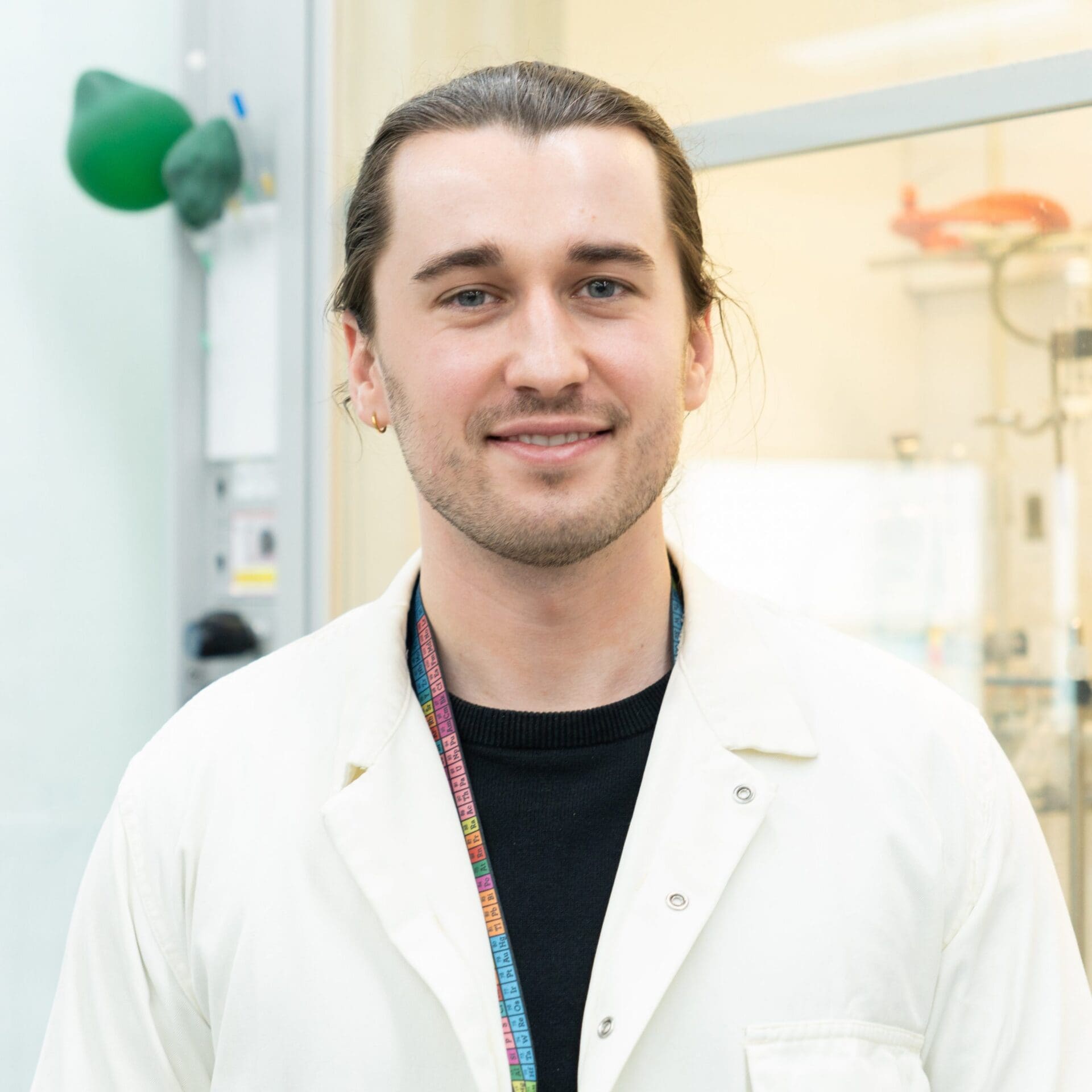- Home
- Resarch
- Research Groups
- Prof. Pau Ballester
Prof. Pau Ballester
We engineer advanced supramolecular structures for applications in molecular sensing, catalysis and transport
Research
We apply molecular self-assembly processes as a methodology to construct large and functional supramolecular aggregates, i.e. molecular machines, molecular sensing assemblies and devices. We also design and prepare molecular containers with an internal cavity sufficiently large to include or encapsulate other molecules. We use them for physical organic chemistry studies and for applications in supramolecular catalysis and in the mediation of chemical reactions.
Highlighted Publications
-
2022 | Chem. Sci.
Influence of the solvent in the self-assembly and binding properties of [1 + 1] tetra-imine bis-calix[4]pyrrole cages,
Mirabella, C. F. M.; Aragay, G.; Ballester, P. -
2020 | J. Am. Chem. Soc.
Optical Supramolecular Sensing of Creatinine
Sierra, A. F.; Hernández-Alonso, D.; Romero, M. A.; González-Delgado, J. A.; Pischel, U.; Ballester, P. -
2020 | Chem.
Facilitated Diffusion of Proline across Membranes of Liposomes and Living Cells by a Calix[4]pyrrole Cavitand
Martínez-Crespo, L.; Sun-Wang, J. L.; Sierra, A. F.; Aragay, G.; Errasti-Murugarren, E.; Bartoccioni, P.; Palacín, M.; Ballester, P.
Our team
text our team
Life Group and Community
Beyond the Lab Bench: explore the multifaceted aspects of our group life creating a supportive and engaging community that extends beyond the boundaries of research.
Job offers
| Title | Reference | Deadline | |
|---|---|---|---|
| FPI‐ICIQ Pre-Doctoral Fellowships 2024 - FPI-ICIQ 2024-04 AK | Reference: 5763024 |
|
APPLY |
| Project Researcher Innovation and Valorisation Laboratory (KTT 2025-03) | Reference: 5738323 |
|
APPLY |
| ICIQ IVORI PhD PROGRAMME 2025 - FIRST CALL | Reference: 5708535 |
|
APPLY |
| IVORI MASTER FELLOWSHIP PROGRAMME 2025 | Reference: 5708486 |
|
APPLY |
| Postdoctoral Researcher (Ref: Postdoc 2025-06 KV) | Reference: 5707322 |
|
APPLY |
| Postdoctoral Researcher (Ref. Postdoc 2025-07 EP) | Reference: 5738215 |
|
APPLY |

Let's create a brighter future
Join our team to work with renowned researchers, tackle groundbreaking
projects and contribute to meaningful scientific advancements


